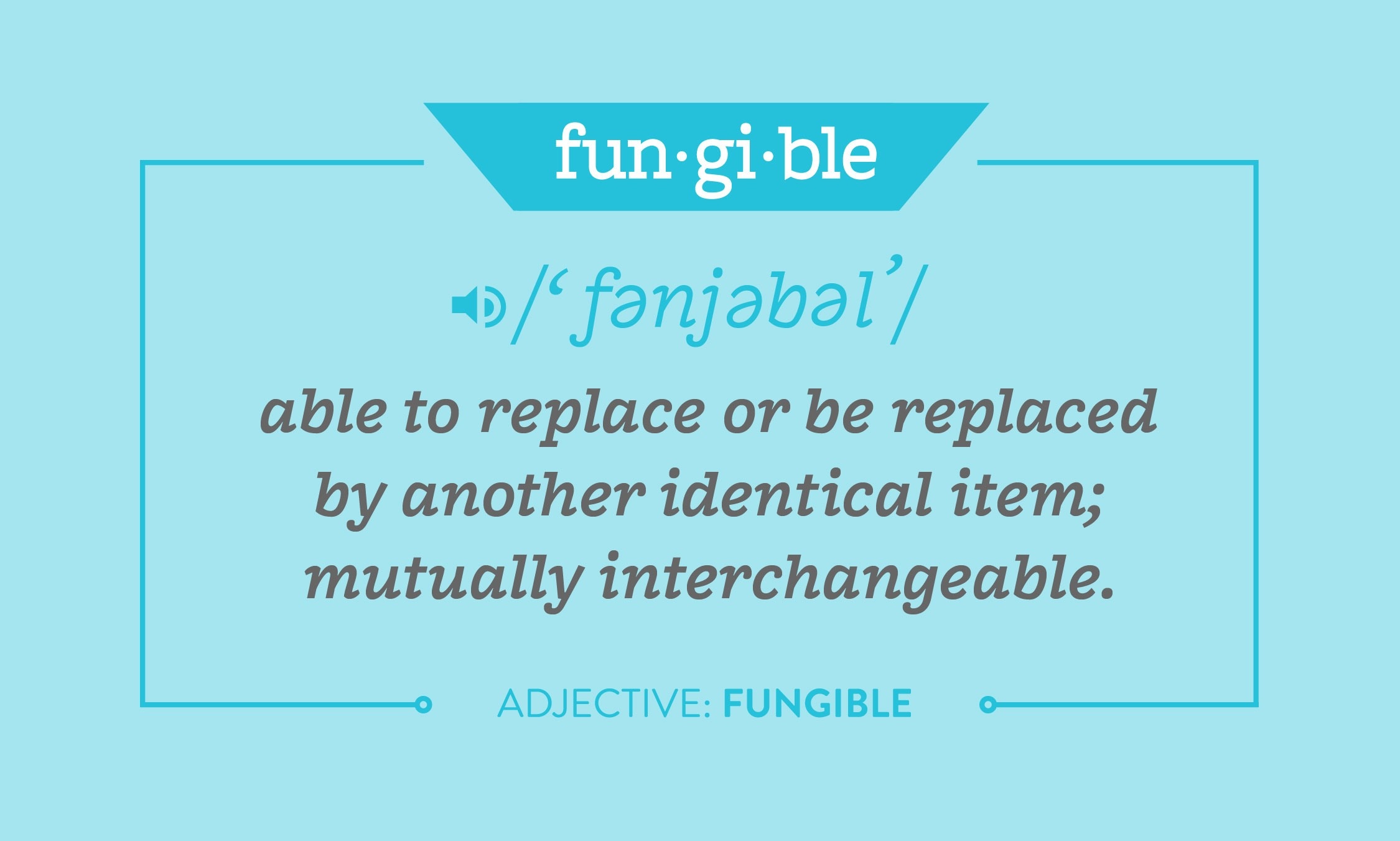
The Five Behaviors®: Team Development Helps Guide a Team Out of the Woods
One of my favorite things to do is day-hike in the beautiful outdoors in my part of Northern Arizona, where we have a huge forest of towering Ponderosa pines. In Arizona we love shade! But one of the challenges in the forest is knowing where you are and where you are going, especially where it becomes dense. It’s the proverbial “in the weeds” situation—the only remedy being to find a high vantage point to get the lay of the land and decide from there where to go.
When we are working in teams it can be especially difficult for people to find their bearings, to “see the forest for the trees.” Being highly social creatures, we are often challenged to see the team and organizational dynamics we are immersed in. It’s difficult to name the interpersonal and intra-group dynamics that are helping or hindering our progress. We end up in over our heads as we face the complexities of organizational life.
HELP! MY TEAM NEEDS YOU!
When I am out socializing and meet someone who asks what I do professionally, I tell them, “I help leaders and teams grow and perform at their best, reaching toward their true potential contribution to their community or organization.” The typical response is, “Oh, my organization/team REALLY needs your help!” I ask questions about their team, and what often comes out of the conversation is that their team is demonstrating dysfunctional behaviors, including: lack of trust, politics, power struggles, gossip, poor accountability, or lack of alignment to goals and objectives—all common symptoms of group dynamics gone awry.
What’s really interesting to me is how people can usually see dysfunction in organizations, name the symptoms and sense something is not right, but the dysfunction stays charged as silent, unnamed dynamics. The trees—but not necessarily the forest—of team dynamics are plainly visible. It is relatively easy for us to see individual behavior, or at least their impacts, but difficult to identify (much less actually discuss—heaven’s no!) the interpersonal and intra-group dynamics. Unfortunately, it can be really difficult to know what to do with a team that is not performing well, perhaps struggling with infighting or just not living up to its potential.
IN THE FOREST
Fortunately, in the last decade, real-world team-level research has given us new insight and awareness into how teams interact and what behaviors contribute to and detract from high performance when we work together in groups. Research-based solutions exist to evaluate a team’s dynamics and work to make improvements. A simple, yet highly effective model that guides my thinking is Patrick Lencioni's The Five Behaviors®: Team Development.
Recently, I had the good fortune of working with a Chief Human Resources Officer to bring Lencioni’s workshop into her organization. The senior leadership team and their lieutenants knew of team dynamics that were holding them back: personal differences of style, perspectives, ideologies; people holding back on what they really thought; and power differentials, among others. They could see the individual trees. But they didn’t know where to start to find their way out of the dense forest.
FRAMEWORK
The core of The Five Behaviors®: Team Development two-day workshop are the Five Behaviors®: Trust, Conflict, Commitment, Accountability, and Results. Using an online assessment, team members answered questions about observable behaviors in their team that have been found critical to highly cohesive, functional teams. Additionally, I interviewed the team members, one-on-one, about their perceptions of how the team was functioning. What did the team do well? What were its challenges? What obstacles does it face in getting its work done?
The Five Behaviors® in this case gave us a framework, a lens, to view the forest of team dynamics more clearly. Through the assessment and interview process, it was as if we developed an elevated platform to get up above the canopy of personalities, issues, and daily firefighting to see exactly how the team was working well, and where it could do better. Most important, it gave us the ability to address team dynamics and make some commitments to individual and team-level behaviors that will get better results in the collective.
UNCOVERING UNDERMINING DYNAMICS
Facilitating The Five Behaviors®: Team Development workshop, one of my favorite team-based solutions, enabled the team to clearly see what they most needed to achieve its goals going forward: a deeper level of trust and improved peer-level accountability.
Through deep conversations in the workshop, we uncovered several dynamics the team had been unable to discuss in the open. Two silent, unnamed dynamics within this client group:
1) How the CEO handled differences of opinion within the team—often responding to differences by quickly shutting the conversation down and dictating a course of action with very little dialogue.
2) How individuals were holding one another accountable for their commitments and responsibilities—a pervasive fear of “stepping into others’ sandboxes” (e.g., providing an opinion or challenging a course of action or inaction) that kept peers from looking out for one another’s responsibilities and commitments
Both dynamics undermined the best intentions of the team and sabotaged the great plans the organization had for its future.
A CLEARING FOR CANDOR
Ultimately, the Five Behaviors® workshop created a safe place for these un-discussable dynamics to see the light of day and be worked through with candor. At the end, we made concrete individual and team commitments to behaviors we knew would help the group achieve true cohesiveness and functionality. A year from now we’ll conduct a reassessment of the team using the same online tool, and we’ll be able to see what kind of progress the team is making in enacting the Five Behaviors® on a regular, daily basis.
TAKE ACTION FOR YOUR TEAM
Rather than allowing your off-limits issues to grow up like weeds to entangle the team, why not talk with us about The Five Behaviors®: Team Development solution so we can get your heads above the trees and the team on track to a stronger, higher performing level of achievement?
Bureau of Land Management // CC by: 2.0











